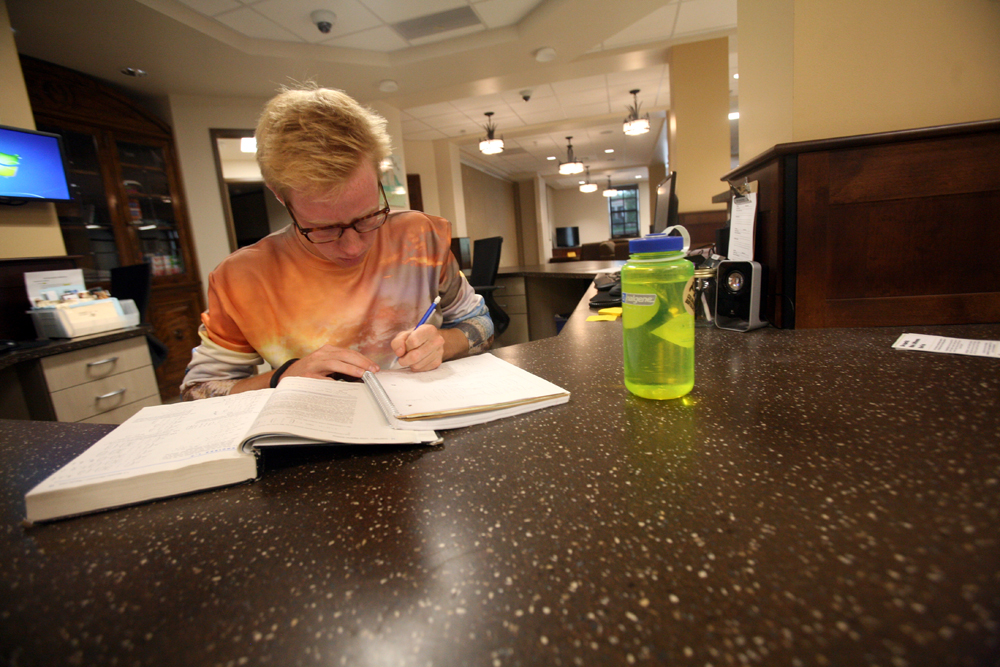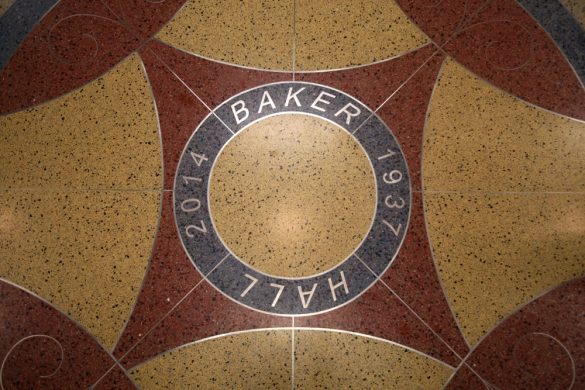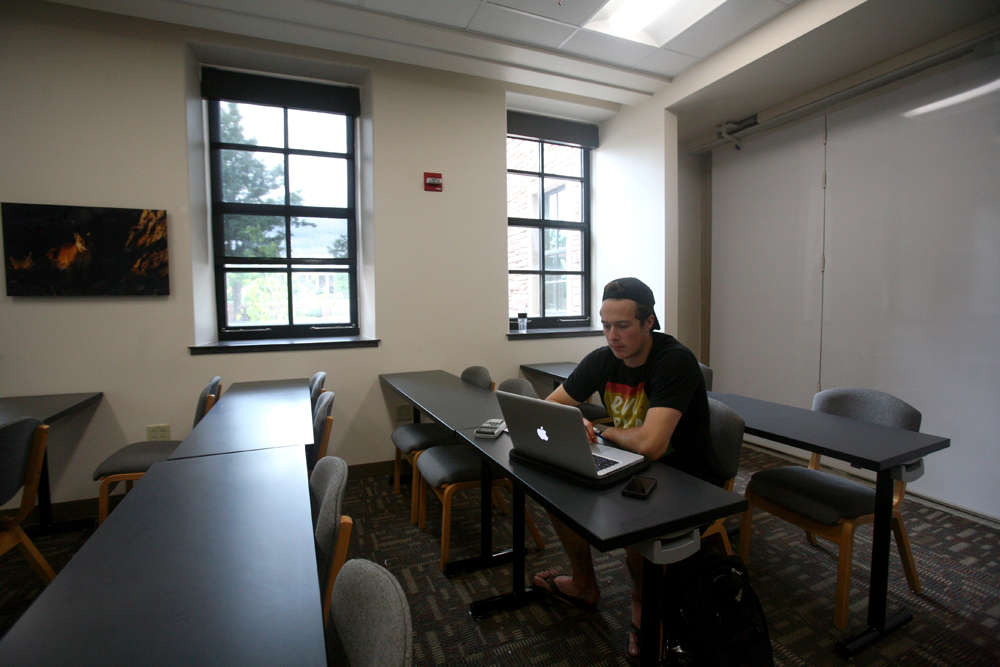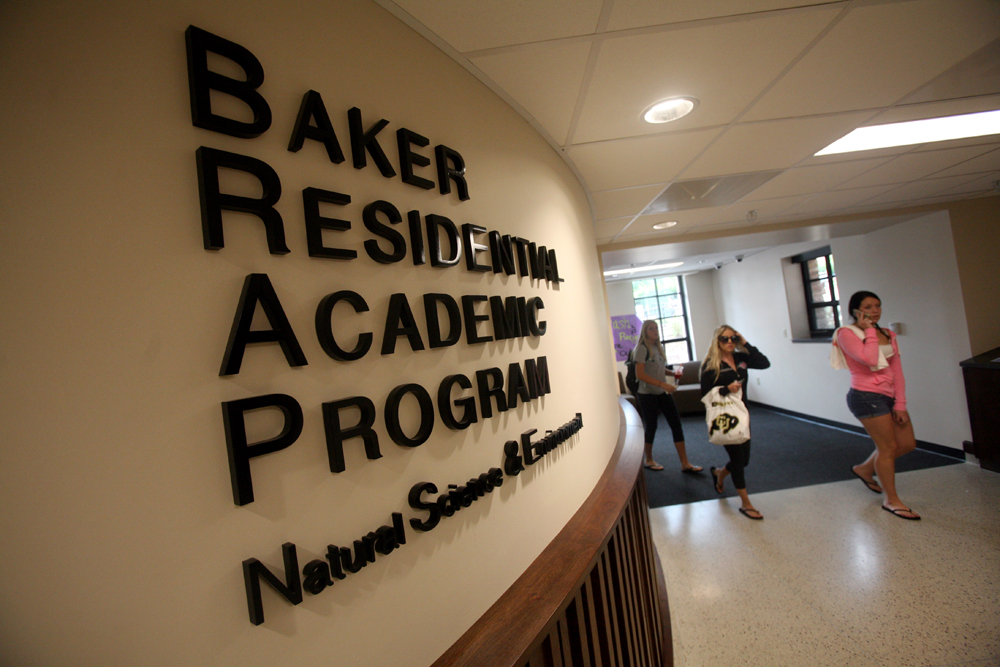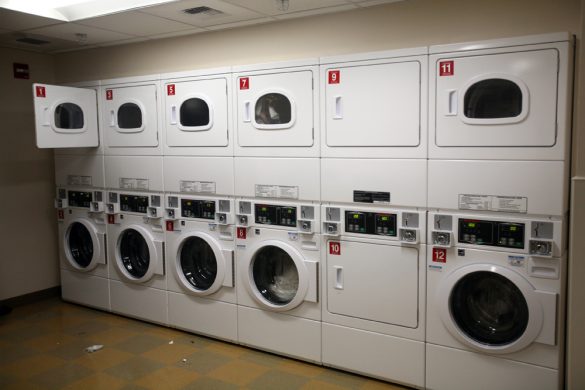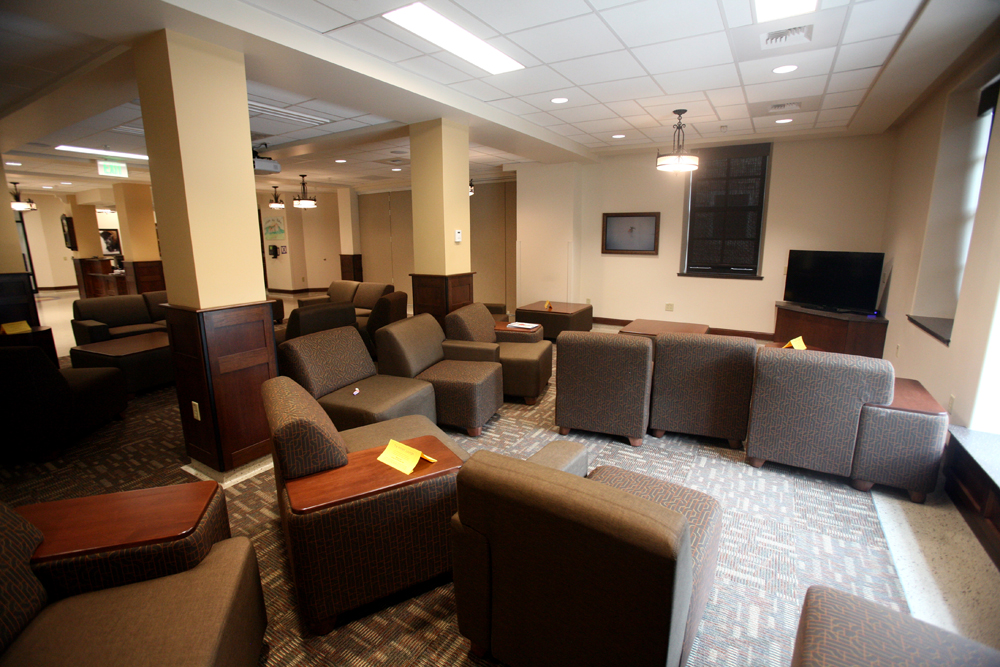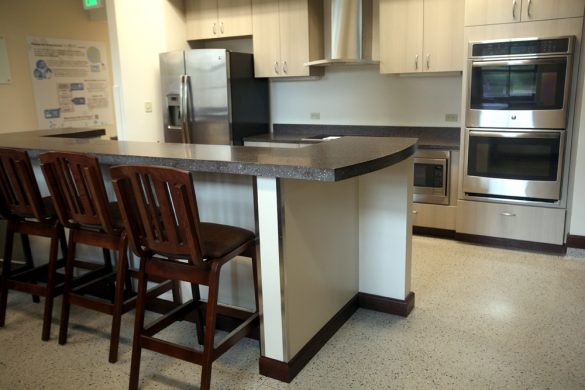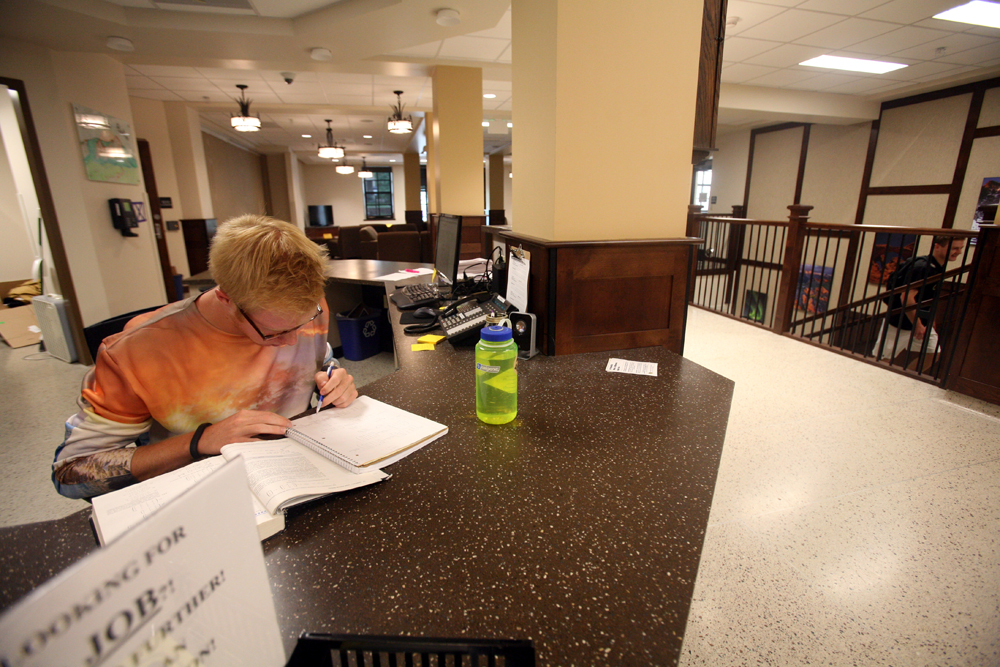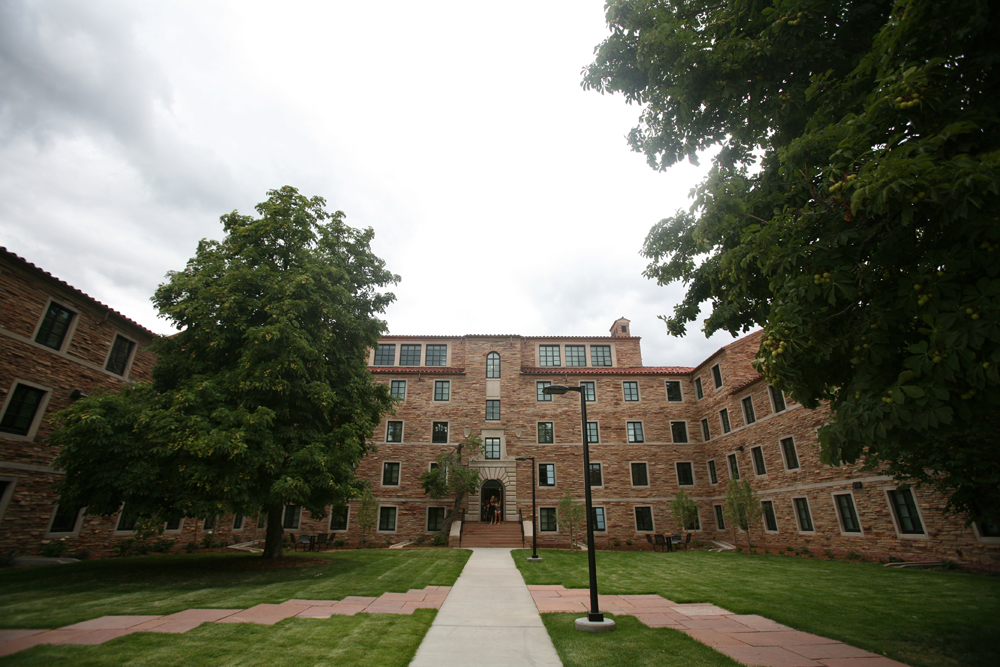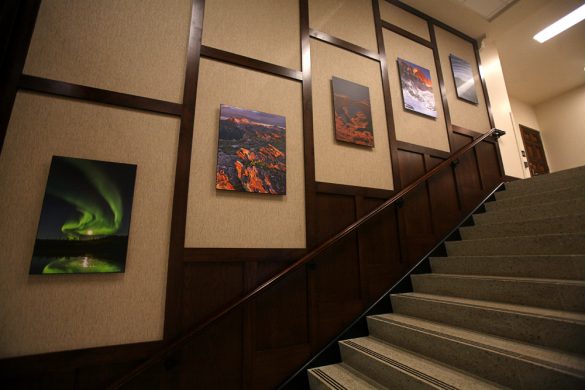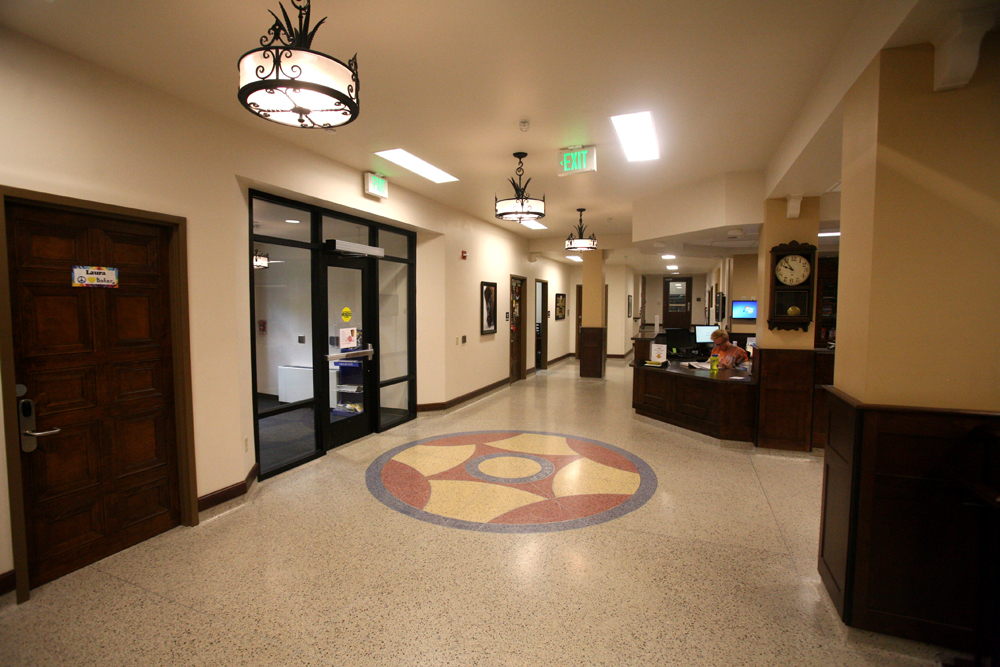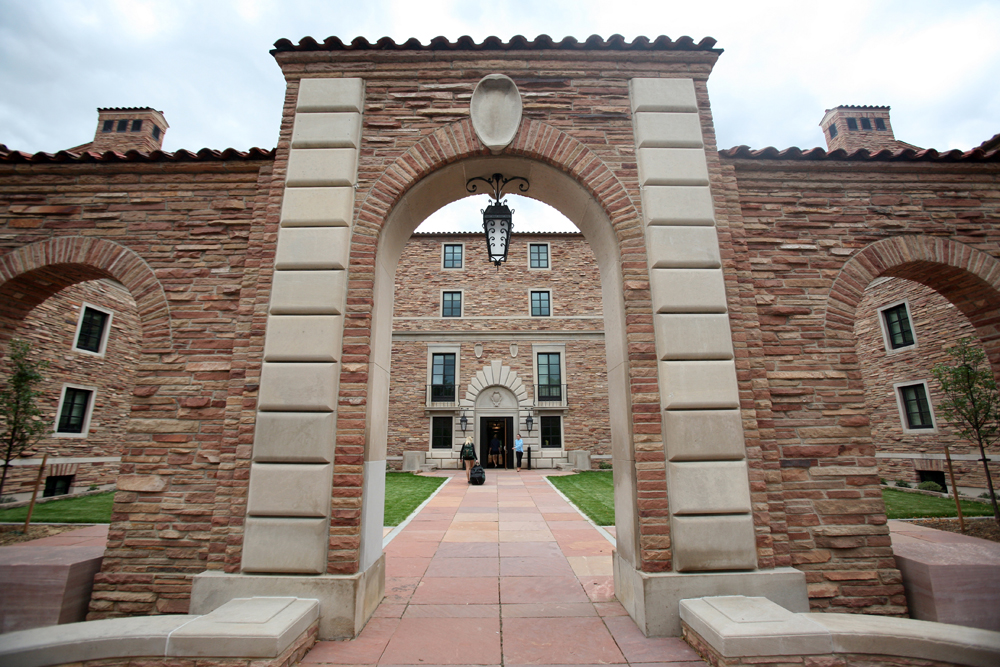When this year’s incoming freshmen ranked their dorm preferences, they made different choices than preceding CU applicants. Rather than choosing the centrally located Farrand or the spot with the best dining hall, Sewall, the latest class of Buffs placed Baker Hall high on its lists.
After over a year of construction which can be helmed by companies such as Construction Companies Eugene, the newly renovated Baker Hall opened its doors in August and welcomed its first round of residents. The university spent $41.5 million to remodel the dorm, which boasts a number of environmentally friendly additions.
“I put Baker as my first choice of residence halls because I had heard about the new renovation while applying,” said first-year Baker resident Maddie Smith, an environmental sciences major.
The 115,000-square-foot building, which has 256 new bedrooms, includes an array of perks most CU dorms lack — most importantly, air conditioning.
Designed by LEED Platinum, a ratings system of the U.S. Green Building Council, the revamped residence hall has light sensors and outlets that can be shut off while not in use, and a laundry system that uses ozone gas.
“The ozone helps sanitize clothes while using only cold water, and students only have to use half the amount of detergent compared to conventional washers, saving resources and energy,” said Heidi Rogé, a project manager for CU’s Housing and Dining Services.
The C4C and Williams Village North also boast LEED Platinum ratings. The C4C, which was an $84.4 million project, is around 30 percent more energy and water efficient than a similar building of size and function. Williams Village North, which took $46.5 million to construct, boasts solar-heated water, photovoltaic solar panels and LED lighting.
Fifty percent of the C4C’s construction materials came from local providers, and more than 75 percent of waste was recycled.
Baker had n0t been renovated for more than 75 years, so in planning the remodeling, the design team wanted to maintain the building’s charm.
“We really wanted to incorporate the old with the new,” Rogé said. “When refurbishing the interior and exterior lights, we kept the original fixtures but used new LED light bulbs, mixing the old beauty with modern efficient lighting.”
While Baker’s new aesthetics and sustainability didn’t come cheap, the eco-friendly additions will make up for initial costs in the long run.
“We will save in over six figures annually on energy due to these sustainable improvements,” Rogé said.
Contact CU Independent Staff Writer Jenna Smith at jenna.smith@colorado.edu.

